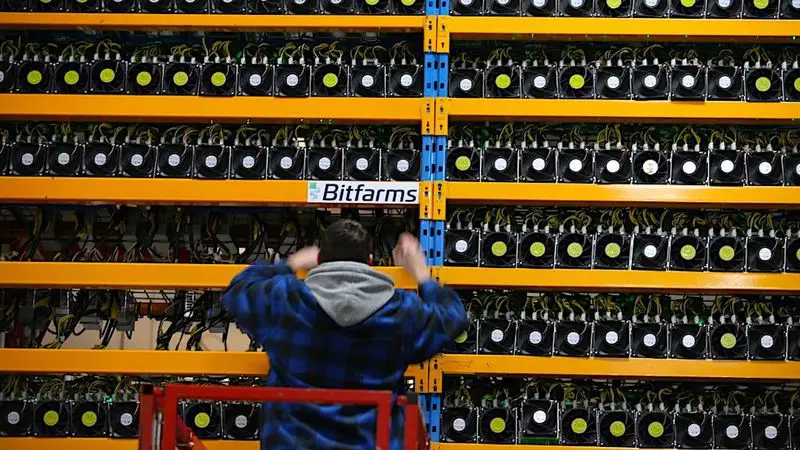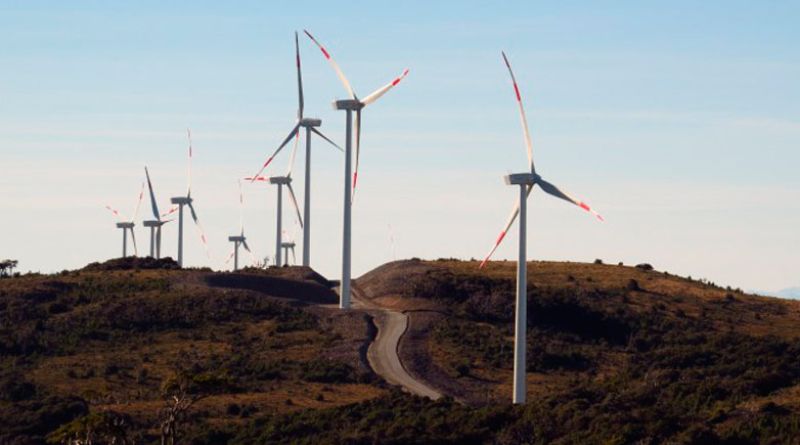Check out these environmentally friendly bitcoin mining projects. Instead of falling into the same recurring theme about how Tesla stopped accepting Bitcoin as a payment method to buy vehicles, today we are going to focus on showing some of the most interesting options for the cryptocurrency’s success to continue to grow while reducing damage to the environment.
Indeed, mining Bitcoins involves significant energy consumption. The reason for this is that it is the part of the process that is responsible for validating transactions and exchanges and also verifying that no one is using the same bitcoin (or part of it) more than once. These are the projects that are moving forward for mining without polluting emissions.
Renewable technology projects for Bitcoin mining
To begin with, let’s remember that the issue of environmental pollution in Bitcoin mining is not something new. The fact that it has emerged with more force after what Elon Musk and Tesla said leads different companies to join efforts to attack this problem that can be seen as the biggest problem of cryptocurrency (along with volatility).

Now, knowing the above, the first proposal to comment on is the alliance between the cryptocurrency mining company, Argo, and the blockchain technology developer, DMG. Both have created the Green Hash Rate Group, under the signing of the so-called Cryptocurrency Climate Agreement (CCA). This agreement wants to bring all mining of Bitcoin and other cryptocurrencies to renewable energy by 2030.
As stated in the press release, the plan that has been underway since May 14 is to develop tools, technologies, and verification standards to ensure that mining is 100% renewable energy.
Secondly, we have the Digital Power-Optimization (DPO) proposal, a company founded by Andrew Webber, a financial analyst based in New York with experience in the sector. His plan has two parts: to help reduce price volatility in the electricity market and to contribute better ideas to solar, wind, and battery developers so that they can allocate them to mining.
The specialist has said that by helping these developers they could find an ideal combination to be able to supply energy on the grid, through battery structure and also for the cryptocurrency sector and thus take advantage of the maximum capacity of available renewable sources.
As highlighted by Webber, a rather interesting alternative consists of mining cryptocurrencies right in the same location as wind, solar or other types of energy farm. In this sense, if a power plant does not work at 100% 24 hours a day, every day, part of that energy generation can be sold to Bitcoin miners at prices close to zero, which would generate benefits for both sectors.

Tesla can’t decide what to do next
It may be that the reason issued by Tesla for not accepting Bitcoins has a very good basis. However, if we look at some of the statistics presented by institutes such as Cambridge University, cryptocurrency miners are increasingly using renewable energy sources. According to the results of the survey conducted by this house of studies, more than 39% of the energy consumed by Bitcoin and Etherereum comes from renewable sources. But of course, the company probably wants to rejoin when the percentage exceeds more than half in the coming months or years.
As an enthusiast of the crypto world, we are a bit confused by the decision made by Elon Musk and Tesla, which has resulted in a crash for Bitcoin and other cryptocurrencies. However, seeing that the company’s CEO himself stated on Twitter that he has not sold any Bitcoin, plus the fact that he said he is funding the mission to the Moon with Dogecoin, it is worth thinking about a possible strategy that involves acquiring more virtual currencies for the future.





